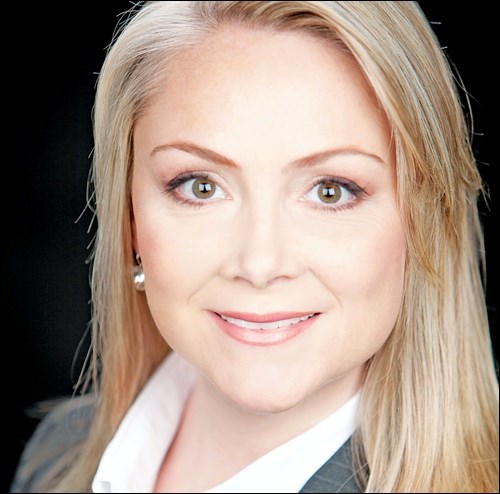A growing number of investors like the idea of exchange-traded funds (ETFs) because their low MERs. But what causes some confusion is how the various types of pooled funds are priced on the market. It’s not quite as straightforward as you may think. To understand fund pricing, you have to first understand the key differences among the three types of investment funds: mutual funds; ETFs; and closed-end funds.
An ETF is in many respects like a mutual fund, except that it trades on an exchange like a stock. A share in an ETF represents a proportional ownership in the underlying pool, in the same way that units of a mutual fund do. But because an ETF is actively traded through the day, its share price varies throughout the trading session of the market. Mutual funds’ prices (or net asset value per unit) are typically calculated after the end of the trading day, when the closing values of a fund’s constituent holdings are known.
ETF management expense ratios are typically very low, which has made them an attractive option for investors looking for the advantages of pooled investments. ETF MERs are on average around 0.5%, compared with around 1.5% for mutual funds, but many ETFs boast MERs much, much lower than that. The reasons are relatively simple.
First of all, the cost of operating an ETF tends to be lower than operating a mutual fund. The administrative costs of bringing a new investor on board a mutual fund are high because the fund has a direct fiduciary arrangement with the investor – all investor applications, confirmations, deposits, redemptions, and regulatory requirements must be met directly by the mutual fund. The fund must then invest the new money in the market, incurring trading costs.
ETFs incur no such costs, because investors buy and sell shares of ETFs on the stock market. In other words, investors trade ETF shares with each other, not with the fund company. A mutual fund company, on the other hand, can issue more units at any time (hence the term “open-end” fund).
Second, the majority of ETFs track an index, so there is very little in the way of portfolio management expense, which gobbles up a large portion of a mutual fund’s MER. The ETF’s managers in most cases do not have to do the research, make the macro calls on the market, or trade in an out of specific securities. They simply track their underlying index, rebalancing holdings as the index does. To be sure, that’s changing somewhat with the advent of so-called “actively-managed” ETFs, where MERs tend to creep up along with the costs of managing the portfolio.
Essentially, all funds make their money by charging a fee against assets under management. But because ETF companies charge very low MERs, they basically must make their money on volume. So asset accumulation is the name of the game. And some, like the iShares S&P/TSX 60 Index ETF (TSX: XIU) are very good at it. With $11.6 billion in assets it doesn’t need more than its low MER of 0.18% to reap massive annual revenues.
The value of an ETF is kept relatively close to the market with an arbitrage process called the “creation/redemption mechanism” that’s facilitated by a number of market makers who trade large blocks of securities for a fund – in effect arbitraging between the market and the ETF to create or withdraw ETF shares so that the value of the ETF follows its index performance with only a small margin of tracking error.
A closed-end fund is similar to a mutual fund, in that it holds a portfolio of securities or other assets that may or may not be actively managed. But unlike mutual funds, closed-end funds issue a fixed number of shares and trade on an exchange like any other stock. Unlike ETFs, there is no market mechanism to create or redeem shares in a closed-end fund. The net asset value of the fund depends entirely on the value of its constituent holdings. But unlike an ETF, where share price tracks the net asset value through the creation/redemption mechanism, the share price of a closed-end fund is a function of supply and demand of the fixed number of shares available. As a result, closed-end funds often trade at premiums or discounts to their net asset value.
And as with other investment funds, the managers of a closed-end fund charge a fee against the fund. For example, one of Canada’s longest-standing closed-end funds, Canadian General Investments Ltd. (TSX: CGI), is managed by Morgan Meighen & Associates, and has assets of $557.6 million with an MER of 1.5%.
Courtesy Fundata Canada Inc. © 2016. Robyn Thompson, CFP, CIM, FCSI, is president of Castlemark Wealth Management. This article is not intended as personalized advice. Securities mentioned are not guaranteed and carry risk of loss. No promise of performance is made or implied.


.jpg;w=120;h=80;mode=crop)

